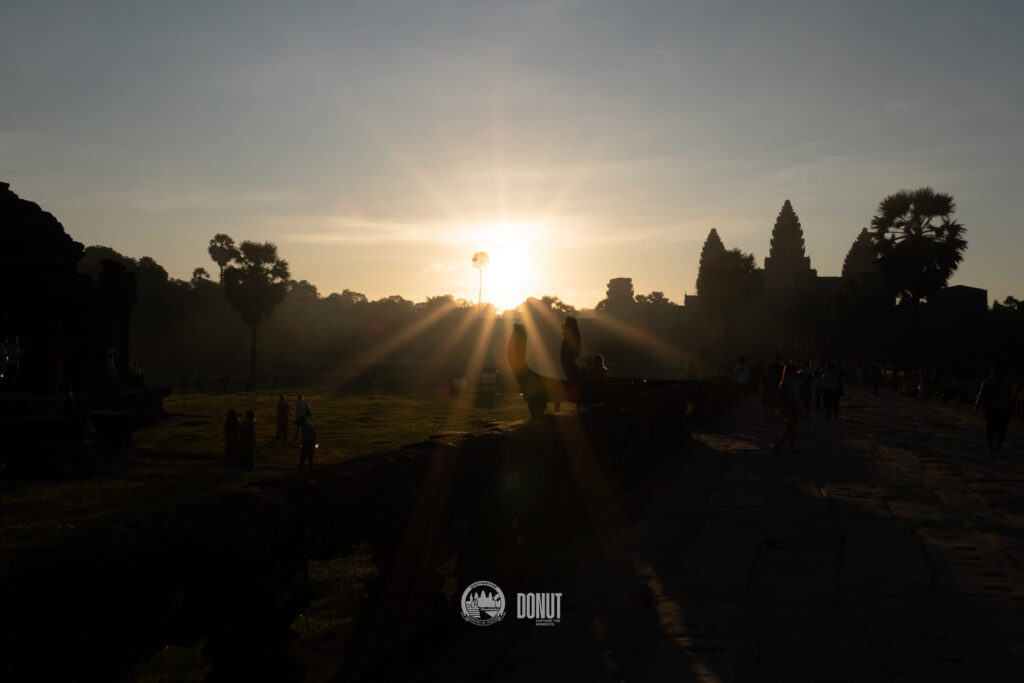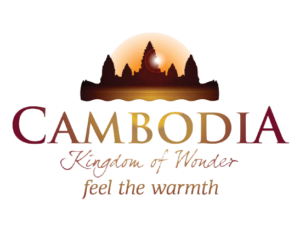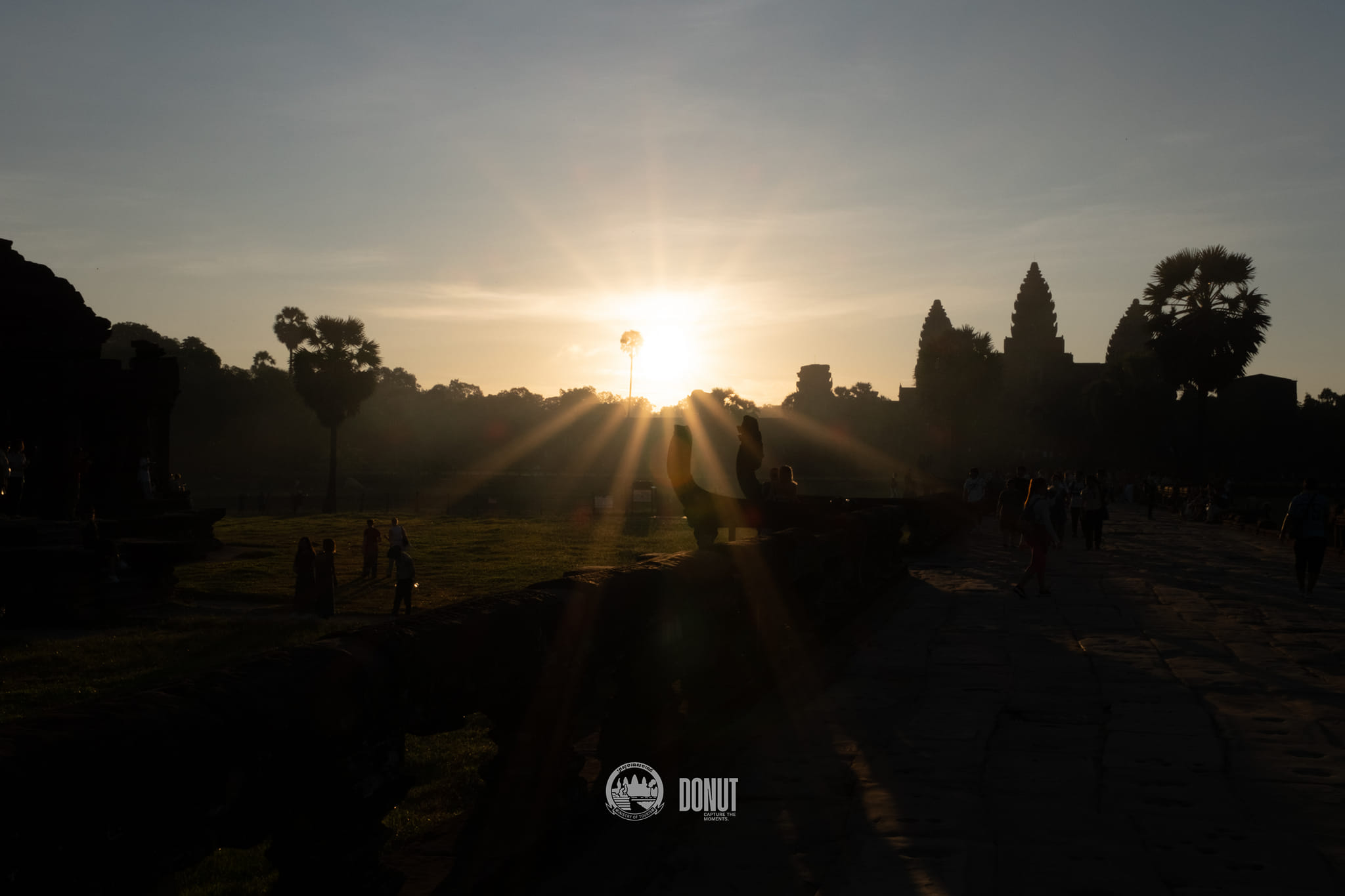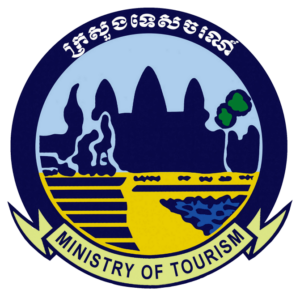អ្នកកាសែត BBC រៀបរាប់បទពិសោធធ្វើដំណើរលើវិថីបុរាណកម្ពុជា ១០០គីឡូម៉ែត្រ
វិថីបុរាណខាងកើតរបស់ប្រទេសកម្ពុជាផ្តល់បទពិសោធការធ្វើដំណើរឆ្លងកាត់ប្រវត្តិសាស្រ្តនៃអាណាចក្រខ្មែរ ដែលមានស្ពានបុរាណ ប្រាង្គប្រាសាទដែលមិនសូវស្គាល់ និងដំណើរផ្សងព្រេង។អ្នកស្រី Robin Cherry ជាអ្នកនិពន្ធឯករាជ្យយូរឆ្នាំ និងជាអ្នកនិពន្ធសៀវភៅពីរក្បាល សរសេរអត្ថបទម្ហូបអាហារ ការធ្វើដំណើរ និងវប្បធម៌ប៉ុបដែលបង្ហាញនៅក្នុង BBC Travel។ អ្នកស្រីបានចែករំលែកបទពិសោធន៍នៃការធ្វើដំណើរទៅខេត្តសៀមរាបក្នុងអត្ថបទមួយដែលត្រូវបានចុះផ្សាយក្នុងកាសែតល្បី BBC។
នៅព្រឹកថ្ងៃខួបកំណើតរបស់ខ្ញុំ ខ្ញុំបានចេញដំណើរពីសណ្ឋាគារ Raffles Grand d’Angkor ក្នុងខេត្តសៀមរាប ដូច Jackie Kennedy បានធ្វើកាលពីឆ្នាំ១៩៦៧។ មគ្គុទេសក៍របស់ខ្ញុំគឺ ភក្ដី «ក្ដី» ជាប្រតិបត្ដិករទេសចរណ៍របស់ក្រុមហ៊ុន About Asia ហើយខ្ញុំបានកំណត់ធ្វើដំណើរចម្ងាយ ១០០ គីឡូម៉ែត្រ។
វិថីបុរាណខាងកើត តភ្ជាប់ប្រាសាទអង្គរវត្ត បេងមាលា និងព្រះខ័នកំពង់ស្វាយ។ អាណាចក្រខ្មែរដែលគ្រប់គ្រងអាស៊ីអាគ្នេយ៍ពីឆ្នាំ ៨០២-១៤៣១ នៃគ.ស មានភាពល្បីល្បាញដោយសារប្រាង្គប្រាសាទ និងបណ្តាញផ្លូវប្រវែង ៣ពាន់គីឡូម៉ែត្រដែលលាតសន្ធឹងឆ្លងកាត់ប្រទេសថៃសម័យទំនើប វៀតណាម ឡាវ និងមីយ៉ាន់ម៉ា។
ផ្លូវបុរាណខាងកើតមានសារៈសំខាន់ជាពិសេស ហេដ្ឋារចនាសម្ព័ន្ធខ្មែរដ៏ធំទូលំទូលាយដែលត្រូវបានរក្សានៅដដែល រួមមាន ស្ពានប្រាប់ទិស ស្រះ ជញ្ជាំង និងប្រាសាទ។ ផ្លូវទាំងនេះមានសារៈសំខាន់សម្រាប់ការដឹកជញ្ជូនសម្ភារៈដើម្បីសាងសង់ប្រាសាទដ៏ល្បីល្បាញរបស់ចក្រភព។
ផ្លូវនេះជាទីពេញចិត្តសម្រាប់អ្នកជិះកង់ និងអ្នកចូលចិត្តប្រាសាទ ហើយការចាប់អារម្មណ៍លើផ្លូវនេះត្រូវបានគេរំពឹងថានឹងកើនឡើង ជាពិសេសបន្ទាប់ពីសម្ដេចនាយករដ្ឋមន្ត្រីបានដាក់បញ្ចូលប្រាសាទបេងមាលា និងព្រះខ័ន ជាបេតិកភណ្ឌពិភពលោករបស់អង្គការយូណេស្កូ។ ខ្ញុំចង់ចូលទៅទស្សនាឧទ្យានជាតិទាំងនេះ មុនពេលដែលគេស្គាល់យ៉ាងទូលំទូលាយ។
ទោះបីជាកម្ដៅខែមេសាមានកម្រិតខ្លាំង ជាមួយនឹងសីតុណ្ហភាពកើនឡើងដល់ ៤០អង្សាសេក្នុងរដូវប្រាំង តែយើងបានបន្ត។ ចំណតទីមួយរបស់យើងគឺស្ពានកំពង់ក្តី ប្រវែង ៨៦ម ដែលសាងសង់ក្នុងសតវត្សទី១២ ក្រោមព្រះបាទជ័យវរ្ម័នទី៧។ ស្ពានពណ៌ច្រែះ ដែលបង្ហាញនៅលើក្រដាសប្រាក់ ៥ពាន់រៀលរបស់ប្រទេសកម្ពុជា តុបតែងដោយបង្កាន់ដៃស្ពាន រំលេចដូចនាគក្បាលប្រាំបួន ជាសត្វទេវកថាតំណាងឱ្យទឹក និងការបន្ដពូជ។
ពេលយើងបន្តដំណើរទៅតាមផ្លូវដីហុយៗ នោះយើងឆ្លងកាត់ផ្ទះឈើ កសិករកំពុងតែប្រមូលផលគ្រាប់ស្វាយចន្ទី ដំឡូងមី និងច្រូតស្រូវ ហើយក្មេងៗលេងតាមផ្លូវលំ។ ភាពទាក់ទាញនៅជនបទនៃប្រទេសកម្ពុជាពិតជាគួរឱ្យចាប់អារម្មណ៍។
ទីបំផុត យើងបានទៅដល់ព្រះខ័ន ជាប្រាសាទដែលមានអ្នកទស្សនាតិចជាងប្រាសាទអង្គរវត្ត ដែលក្លាយជាទីឋានស្ងប់សុខ។ ថ្វីត្បិតតែវត្ថុបុរាណត្រូវបានចោរលួចយ៉ាងច្រើនកាលពីអតីតកាលក៏ដោយ ក៏ព្រះខ័ននៅតែជាមានភាពអច្ឆរិយៈ ដូចជា ចម្លាក់ទេវកថាផ្សេងៗ។ ចំណុចលេចធ្លោគឺរូបសំណាកព្រះចតុមុខកម្ពស់ ៩,៥ម ដែលត្រូវបានជួសជុលឡើងវិញ ជាមួយនឹងបដិមាព្រះពុទ្ធាមានព្រះភក្ដ្រ ៤ ដែលត្រូវបានឆ្លាក់ជាប្រាង្គថ្ម ដោយទទួលបានងារជា «ម៉ូណាលីសា នៃអាស៊ីអាគ្នេយ៍»៕
A 100km Drive into Cambodia’s Ancient Empire
Cambodia’s East Royal Road offers a journey through the Khmer Empire’s history, featuring ancient bridges, lesser-known temples, and off-road adventures. Robin Cherry, a longtime freelance writer and author of two books, has had her work on food, travel, and pop culture featured in BBC Travel. She shared her experience of traveling to Siem Reap in an article for the BBC.
On the morning of my birthday, I set off from the Raffles Grand Hotel d’Angkor in Siem Reap, much like Jackie Kennedy did in 1967.
My guide, Pheakdey “Dey” Sieng from About Asia, and I were set to explore the 100km East Royal Road, connecting the temples of Angkor Wat, Beng Mealea, and Preah Khan Kompong Svay.
The Khmer Empire, which dominated Southeast Asia from 802-1431 CE, is renowned for its temples and its vast 3,000km road network that stretched across modern-day Thailand, Vietnam, Laos, and Myanmar.
The East Royal Road is particularly significant, with the largest collection of intact Khmer infrastructure, including bridges, ponds, walls, and resthouse temples. These roads were essential for transporting materials to build the empire’s iconic temples.
The route is a favorite for dirt bikers and temple enthusiasts, and interest in it is expected to grow, especially after the Prime Minister nominated Beng Mealea and Preah Khan for Unesco World Heritage status. I wanted to visit these sites before they became widely known.
The April heat was intense, with temperatures soaring to 40°C during a heatwave, but we pressed on. Our first stop was the 86m-long Kampong Kdei bridge, built in the 12th century under Jayavarman VII. The rust-colored bridge, depicted on Cambodia’s 5,000 Riel note, is adorned with balustrades shaped like nine-headed nagas, mythical creatures symbolizing water and fertility.
As we continued along the bumpy, dirt road, we passed wooden houses on stilts, farmers tending to their cashew, cassava, and rice fields, and children playing in the dusty streets. The rural charm of Cambodia was on full display.
We eventually arrived at Preah Khan, a temple far less visited than Angkor Wat, giving it an air of secrecy. Despite being heavily looted in the past, Preah Khan remains a marvel, with carved stone swans, garudas, elephants, and nagas. The highlight was the restored 9.5m-high Preah Chahtomukh statue, with four serene Buddha faces carved into stone towers, earning them the title “the Mona Lisas of Southeast Asia.”





